With international and national reports alleging that India is home to the biggest fake-drug market, spurious and poor-quality drugs are two major causes of concern. In some reports, more than 25% of medicines available in India have been declared spurious or fake.
But statistics by the Central Drug Standard Control Organisation (CDSCO), an ombudsman under the government of India, show that the percentage of spurious drugs is quite low and substandard drugs are a far bigger cause for worry.
“Spurious drugs in India account for just 0.046% as per the survey of 2009. I don’t know why there has been a lot of emphasis on them. The real challenge is substandard medicines in the country, the percentage of which is around 6%,” said a highly placed source in the ministry.
There has been no nationwide survey since 2009 but the authority conducted smaller inspections from 2009 to 2012. After collecting 1.37 lakh samples from all over the country, it found that 345 samples were spurious; a whopping 6,500 were sub-standard. In 2009-10, CDSCO tested 39,248 medicine samples, of which 1,942 were found to be substandard whereas 117 or 0.29 per cent were found spurious. Similarly, in 2010-11 and 2011-12, 49,682 and 48,082 samples were tested. Out of these, 2,372 and 2,186 were found to be substandard.
In a separate survey conducted between April to July 2012, a total of 18,262 samples were tested, out of which only 25 were found spurious whereas 677 were inferior in quality. “Spuriousness is certainly an issue, but the bigger issue is that of sub-standard medicines. India is one of the largest producers of high-quality yet low-cost medicines and we have been at loggerheads with western countries as they too at some point have declared our high-quality medicines spurious,” said Leena Menghaney, campaign coordinator of Medecins Sans Frontieres (MSF) India.
“In a tropical country like India, even high-quality medicines will become sub-standard if a chemist doesn’t take proper care. Production of substandard medicines in clandestine units can be an issue which needs the attention of the concerned authority. However, the cost of drug production in India is way cheaper than in Europe and other continents, so the number of such units would not be very high. But, yes, sub-standard medicines are a challenge and the government needs to address it,” Leena said.
A few years ago, a national daily reported, on the basis of an allegedly WHO report, that 35% of fake drugs produced in the world come from India. However, WHO denied any such report or a survey. Experts believe that if India had 25% of spurious medicines in the market, deaths would increase as every fifth drug sold by a chemistwould be fake.
However, some experts pointed out that the government might not be able to fathom the right figure of spurious drugs because it doesn’t have an adequate inspection and testing mechanism in place. “India has faced a lot of flak from the international community on the issue of spurious drugs and this might be one of the reasons why the government wants to show the real number.
Another reason could be that CDSCO is still ill-equipped,” said an expert.
The government has spent a hefty amount on CDSCO. “The CDSCO labs need new and sophisticated equipment. Similarly zonal/sub-zonal/port/airport offices of CDSCO need up-gradation. CDSCO also needs to open its offices abroad to monitor imports. All these areas are proposed to be covered during the 12th five year plan for which CDSCO has been allocated an amount of Rs1,800 crore,” reads the answer in form of action taken submitted by government to parliamentary committee recently.
![submenu-img]() Anil Kapoor, Aditya Roy Kapur's The Night Manager becomes only entry from India to secure nomination at Emmy Awards 2024
Anil Kapoor, Aditya Roy Kapur's The Night Manager becomes only entry from India to secure nomination at Emmy Awards 2024![submenu-img]() Land-for-jobs case: President Murmu authorises prosecution of Lalu Prasad Yadav, CBI submits...
Land-for-jobs case: President Murmu authorises prosecution of Lalu Prasad Yadav, CBI submits...![submenu-img]() This billionaire, once world’s richest man, witnesses drop in wealth due to...; not Mukesh Ambani, Adani
This billionaire, once world’s richest man, witnesses drop in wealth due to...; not Mukesh Ambani, Adani![submenu-img]() Ranbir Kapoor's sister, Riddhima's 'maybe it's a house help' remark leaves netizens furious: 'Uneducated rich brats'
Ranbir Kapoor's sister, Riddhima's 'maybe it's a house help' remark leaves netizens furious: 'Uneducated rich brats'![submenu-img]() Mumbai man orders iPhone 16 online after standing in queue for hours, then..
Mumbai man orders iPhone 16 online after standing in queue for hours, then..![submenu-img]() J-K Assembly Elections 2024: राज्य नहीं अब है केंद्र शासित प्रदेश, क्या 370 की वापसी कर सकती है जम्मू-कश्मीर विधानसभा? जानें उसके अधिकार
J-K Assembly Elections 2024: राज्य नहीं अब है केंद्र शासित प्रदेश, क्या 370 की वापसी कर सकती है जम्मू-कश्मीर विधानसभा? जानें उसके अधिकार![submenu-img]() DNA Verified: Singham Again में चुलबुल पांडे दिखेंगे या नहीं, जानिए क्या है Salman Khan की इस खबर का सच
DNA Verified: Singham Again में चुलबुल पांडे दिखेंगे या नहीं, जानिए क्या है Salman Khan की इस खबर का सच![submenu-img]() आप भी बाजार से खरीदकर खाते हैं देशी घी, जानिए कैसे जांचे उसमें Tirupati Laddu की तरह जानवर की चर्बी तो नहीं
आप भी बाजार से खरीदकर खाते हैं देशी घी, जानिए कैसे जांचे उसमें Tirupati Laddu की तरह जानवर की चर्बी तो नहीं![submenu-img]() सड़क पर खड़ा हुआ था नगर निगम का टैंकर और अचानक कुछ ऐसा हुआ, डरा देगा पुणे का Viral Video
सड़क पर खड़ा हुआ था नगर निगम का टैंकर और अचानक कुछ ऐसा हुआ, डरा देगा पुणे का Viral Video![submenu-img]() 'असंवैधानिक है सरकारी फैक्ट चेक यूनिट' कॉमेडियन Kunal Kamra केस में Bombay High Court का मोदी सरकार को झटका
'असंवैधानिक है सरकारी फैक्ट चेक यूनिट' कॉमेडियन Kunal Kamra केस में Bombay High Court का मोदी सरकार को झटका![submenu-img]() Ford to return to India after 2 years with reopening of....
Ford to return to India after 2 years with reopening of....![submenu-img]() Maruti Suzuki launches new Swift CNG, check price, mileage, other features
Maruti Suzuki launches new Swift CNG, check price, mileage, other features![submenu-img]() ‘30 LPA, 3BHK, no in-laws’: Woman earning Rs 1.32 lakh salary lists demands for future husband, netizens say...
‘30 LPA, 3BHK, no in-laws’: Woman earning Rs 1.32 lakh salary lists demands for future husband, netizens say...![submenu-img]() In a big EV push, Centre launches Rs 10900 crore PM E-Drive scheme to replace…
In a big EV push, Centre launches Rs 10900 crore PM E-Drive scheme to replace…![submenu-img]() World’s longest car has helipad, swimming pool, mini-golf course, can seat over…; it cost…
World’s longest car has helipad, swimming pool, mini-golf course, can seat over…; it cost…![submenu-img]() Meet man who passed JEE Advanced with AIR 1, completed B.Tech from IIT Bombay, is now pursuing…
Meet man who passed JEE Advanced with AIR 1, completed B.Tech from IIT Bombay, is now pursuing…![submenu-img]() Meet man, whose father's death encouraged him to quit IAS job, create multi-crore company, he is...
Meet man, whose father's death encouraged him to quit IAS job, create multi-crore company, he is...![submenu-img]() Meet woman, who scored 97% in class 12, secured 705 out of 720 marks in NEET exam, her AIR is...
Meet woman, who scored 97% in class 12, secured 705 out of 720 marks in NEET exam, her AIR is...![submenu-img]() NEET UG Counselling 2024: Round 2 seat allotment result declared at mcc.nic.in, check direct link here
NEET UG Counselling 2024: Round 2 seat allotment result declared at mcc.nic.in, check direct link here![submenu-img]() Meet IPS officer who has resigned after serving for 18 yrs due to...
Meet IPS officer who has resigned after serving for 18 yrs due to...![submenu-img]() Congress President Kharge Slams & Opposes 'One Nation, One Election' Proposal, Calls It Impractical
Congress President Kharge Slams & Opposes 'One Nation, One Election' Proposal, Calls It Impractical![submenu-img]() Why 'One Nation One Election' Is important? Ashwini Vaishnaw Explains After It Gets Cabinet Approval
Why 'One Nation One Election' Is important? Ashwini Vaishnaw Explains After It Gets Cabinet Approval![submenu-img]() Jammu Kashmir Assembly Election 2024 Phase 1 Highlights: What Happened In First phase In J&K Polls?
Jammu Kashmir Assembly Election 2024 Phase 1 Highlights: What Happened In First phase In J&K Polls?![submenu-img]() One Nation One Election: Centre Clears Proposal, Bill To Be Introduced In Winter Session | Modi 3.0
One Nation One Election: Centre Clears Proposal, Bill To Be Introduced In Winter Session | Modi 3.0![submenu-img]() Haryana Elections 2024: Is BJP Set To Lose In Haryana? Anti-Incumbency And Other Factors Analysed
Haryana Elections 2024: Is BJP Set To Lose In Haryana? Anti-Incumbency And Other Factors Analysed![submenu-img]() This billionaire, once world’s richest man, witnesses drop in wealth due to...; not Mukesh Ambani, Adani
This billionaire, once world’s richest man, witnesses drop in wealth due to...; not Mukesh Ambani, Adani![submenu-img]() Meet man who started as intern at Nike, is now its CEO after 32 years, his salary is Rs...
Meet man who started as intern at Nike, is now its CEO after 32 years, his salary is Rs...![submenu-img]() Meet man who received gift worth Rs 15000000000 from Mukesh Ambani, is referred to as his 'right hand', he is...
Meet man who received gift worth Rs 15000000000 from Mukesh Ambani, is referred to as his 'right hand', he is...![submenu-img]() Elon Musk, Oracle CEO once begged this company to take their money, know what had happened
Elon Musk, Oracle CEO once begged this company to take their money, know what had happened![submenu-img]() 'Office was filled with…': Ashneer Grover on why he left EY in one day despite having package of Rs…
'Office was filled with…': Ashneer Grover on why he left EY in one day despite having package of Rs…![submenu-img]() Luxurious homes to swanky cars: Most expensive things owned by Virat Kohli
Luxurious homes to swanky cars: Most expensive things owned by Virat Kohli![submenu-img]() Akshay Kumar's biggest flop film was remake of a Malayalam blockbuster, still broke Guinness World Record set by...
Akshay Kumar's biggest flop film was remake of a Malayalam blockbuster, still broke Guinness World Record set by...![submenu-img]() Exploring Uttarakhand: 6 breathtaking destinations in scenic state
Exploring Uttarakhand: 6 breathtaking destinations in scenic state![submenu-img]() From Puga Valley to Hanle: Must-visit places in Ladakh
From Puga Valley to Hanle: Must-visit places in Ladakh![submenu-img]() Meet Himachal officer who has been transferred without posting, as popular as IAS Tina Dabi on social media, she is...
Meet Himachal officer who has been transferred without posting, as popular as IAS Tina Dabi on social media, she is...![submenu-img]() Land-for-jobs case: President Murmu authorises prosecution of Lalu Prasad Yadav, CBI submits...
Land-for-jobs case: President Murmu authorises prosecution of Lalu Prasad Yadav, CBI submits...![submenu-img]() Tirupati Laddoo Row: Jagan Reddy says he will write to PM Modi, CJI to take action against...
Tirupati Laddoo Row: Jagan Reddy says he will write to PM Modi, CJI to take action against...![submenu-img]() AAP demands government accommodation for outgoing Delhi CM Arvind Kejriwal, says he is...
AAP demands government accommodation for outgoing Delhi CM Arvind Kejriwal, says he is...![submenu-img]() 'Samples highly adulterated, we will...': Tirupati Temple Trust issues first statement on laddoo row
'Samples highly adulterated, we will...': Tirupati Temple Trust issues first statement on laddoo row![submenu-img]() NEET UG 2024: CBI files second-chargesheet against six accused in paper leak case
NEET UG 2024: CBI files second-chargesheet against six accused in paper leak case

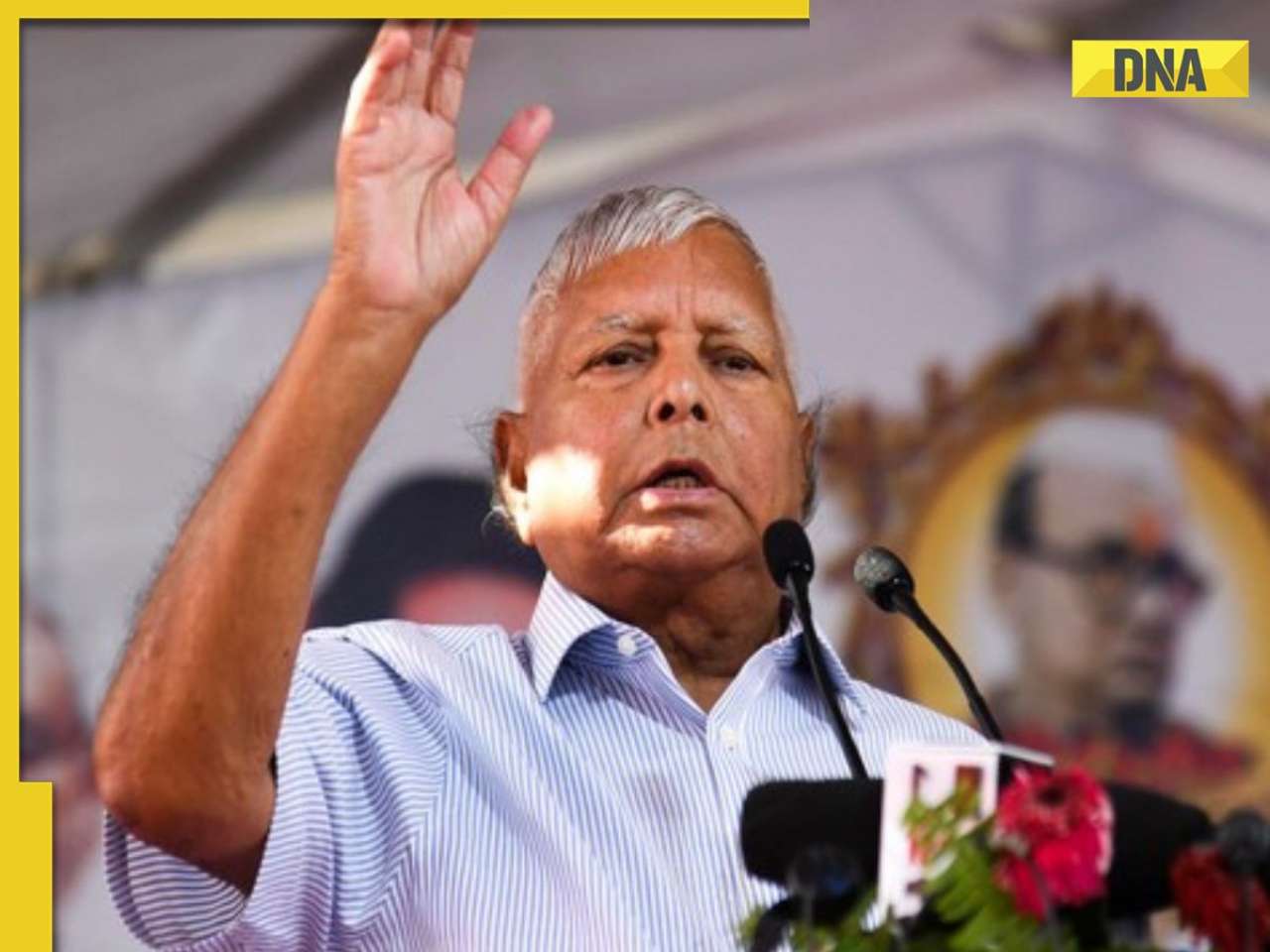
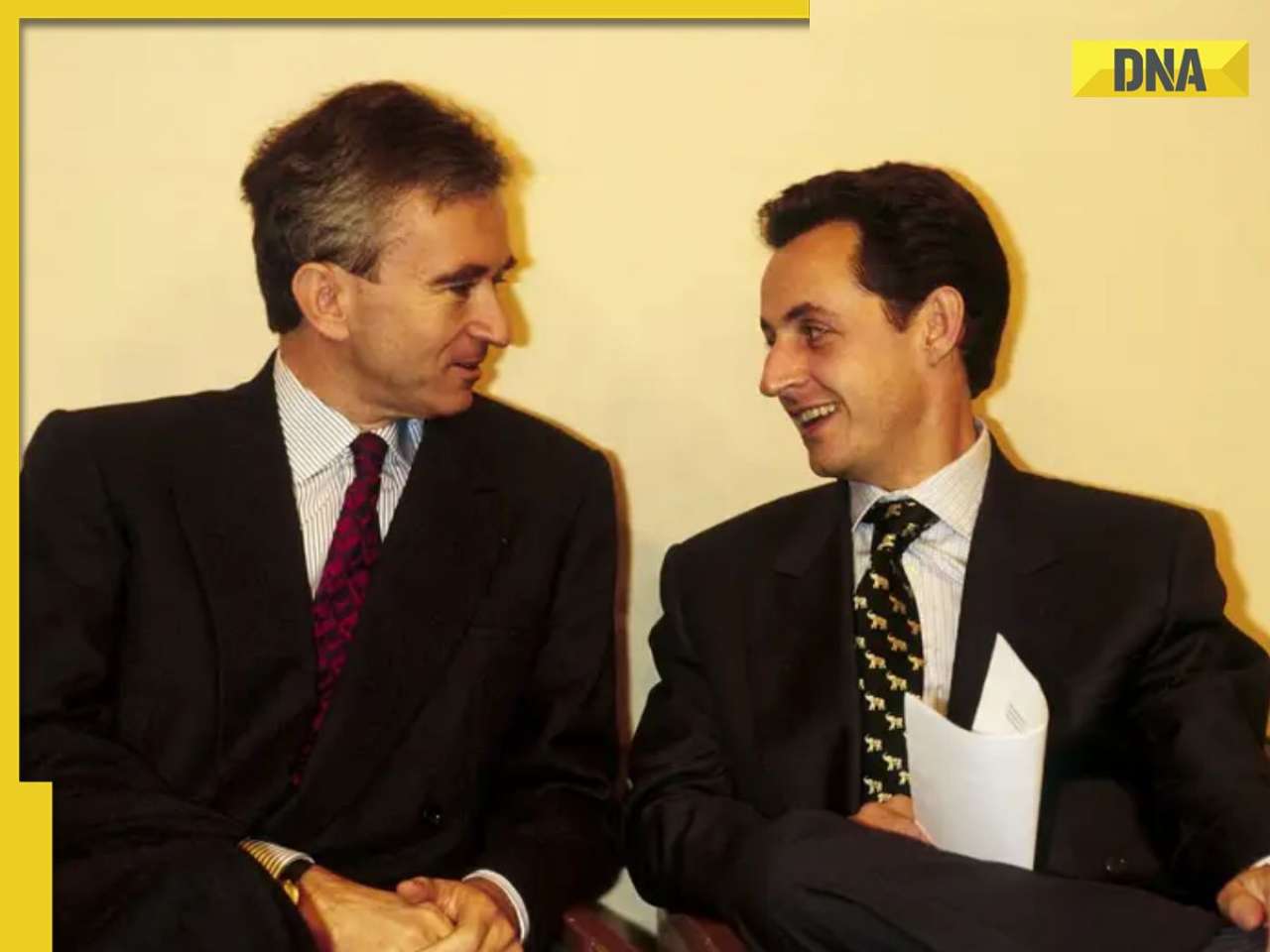

















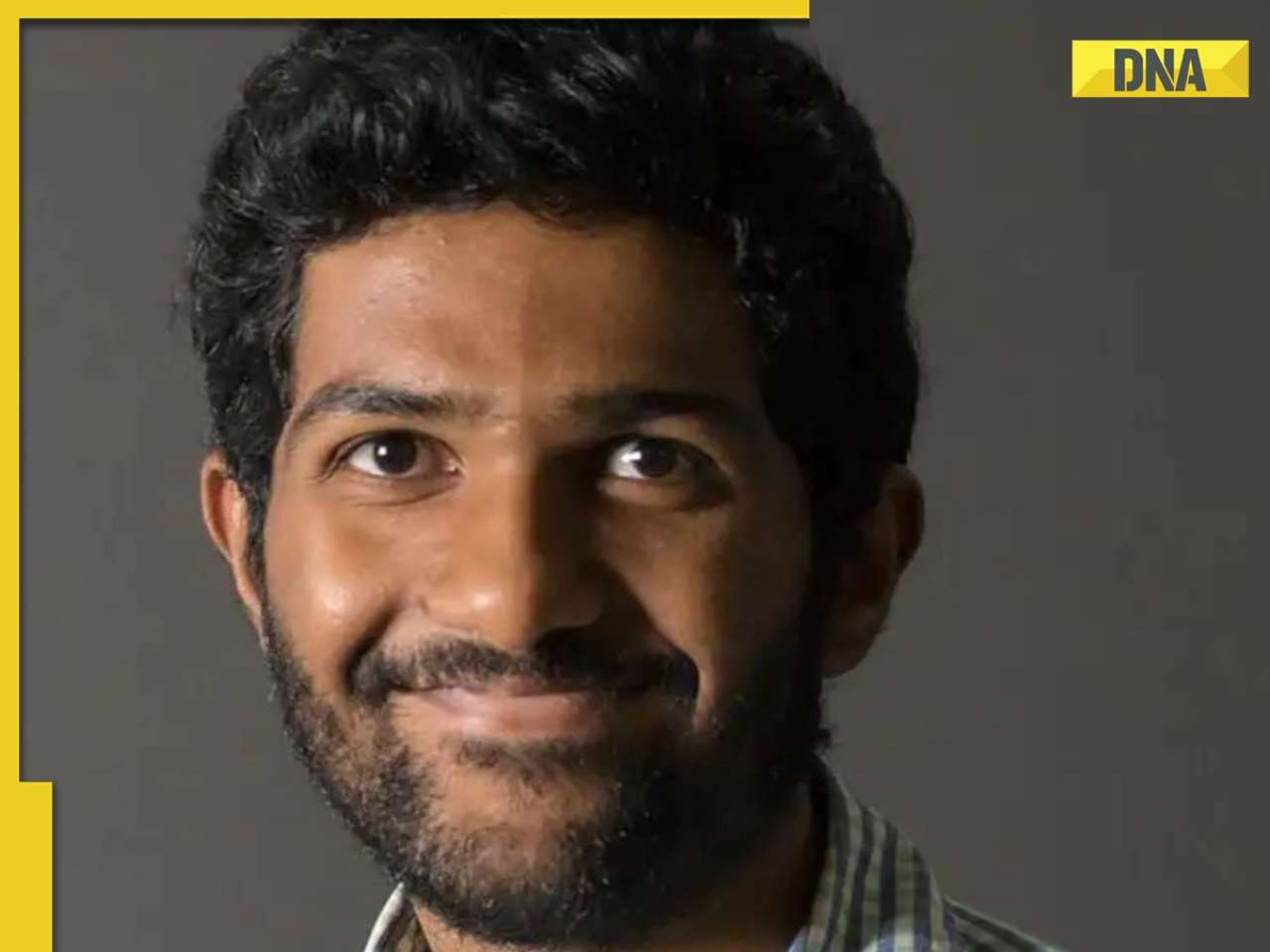
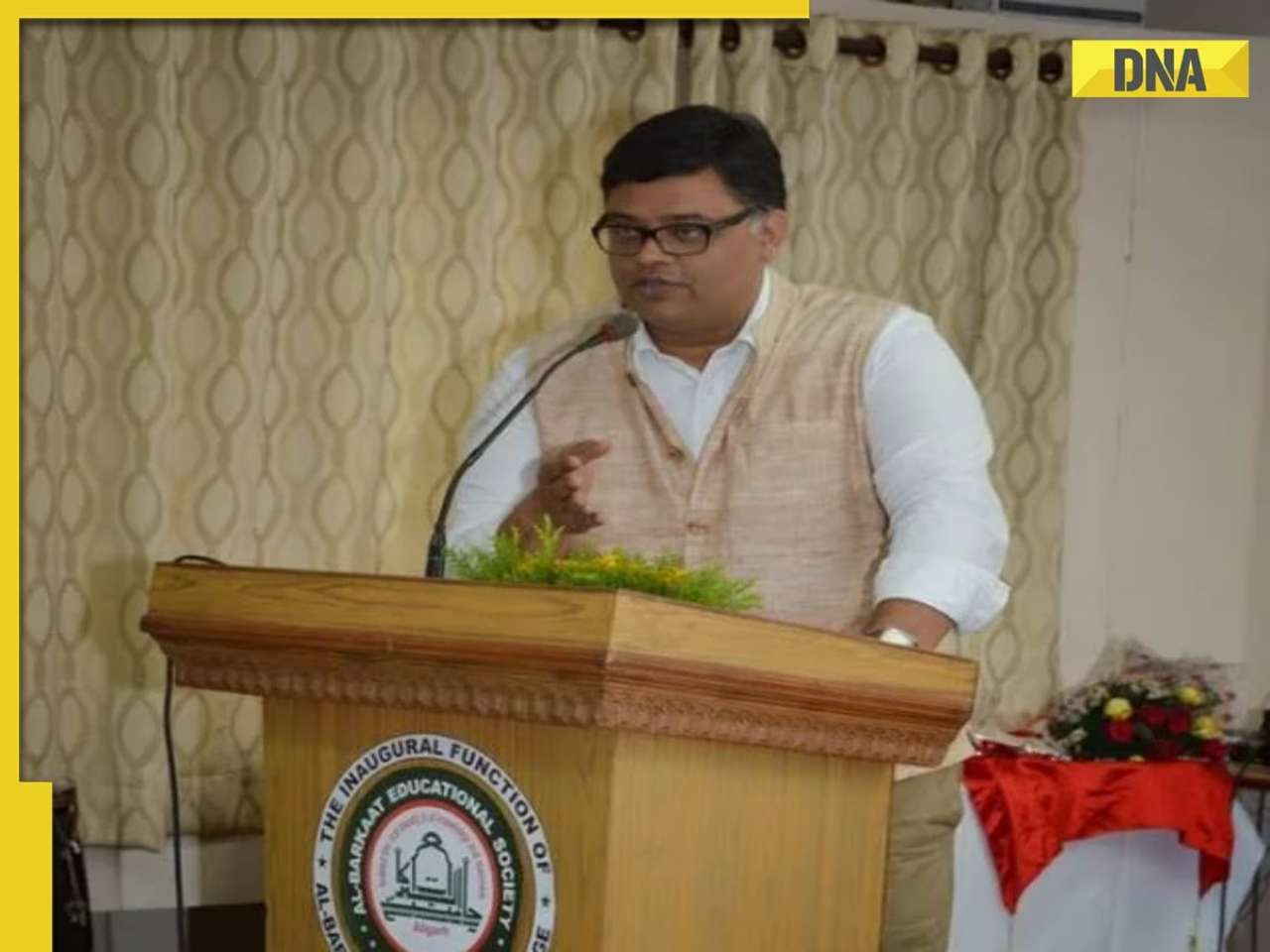



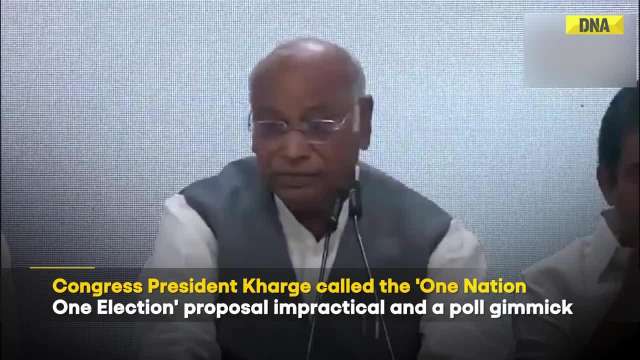
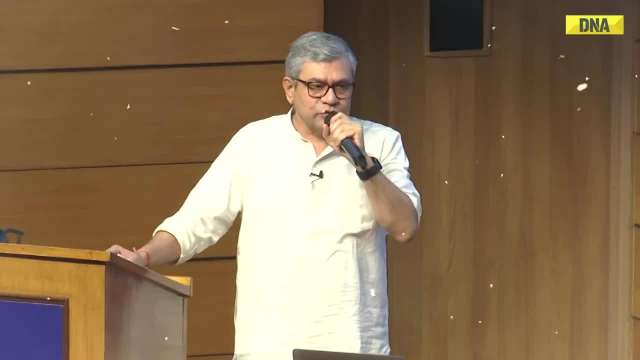












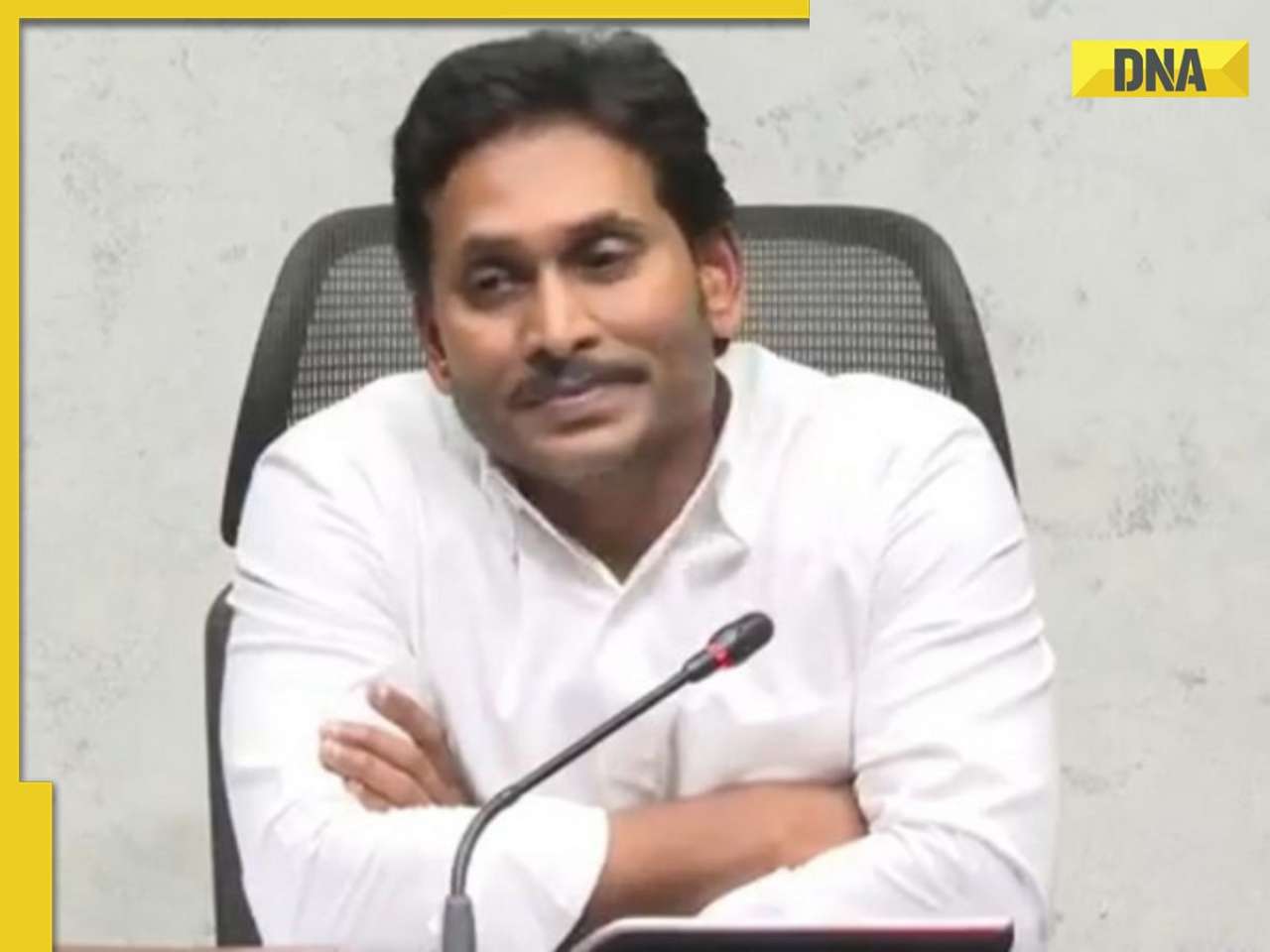
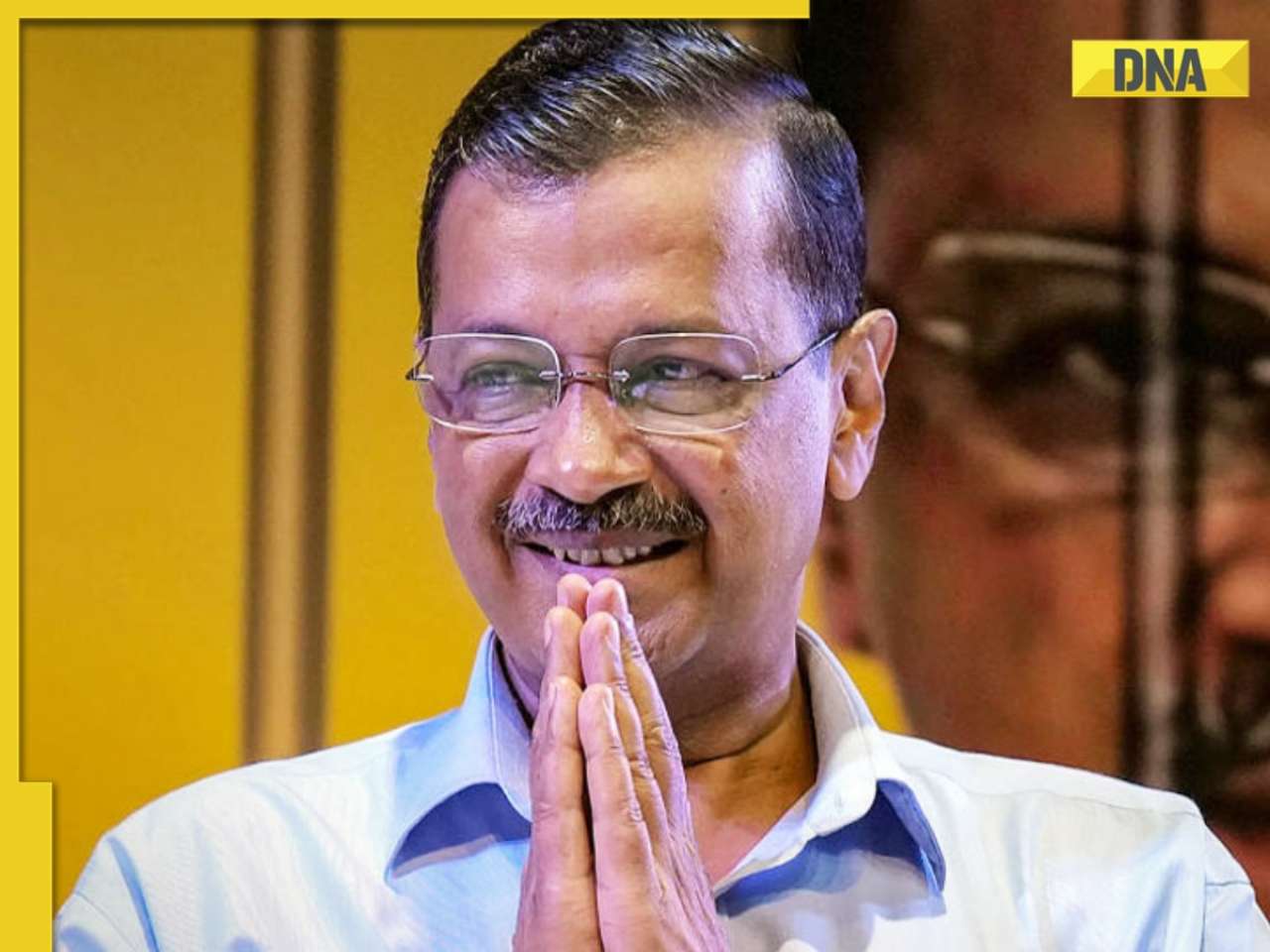
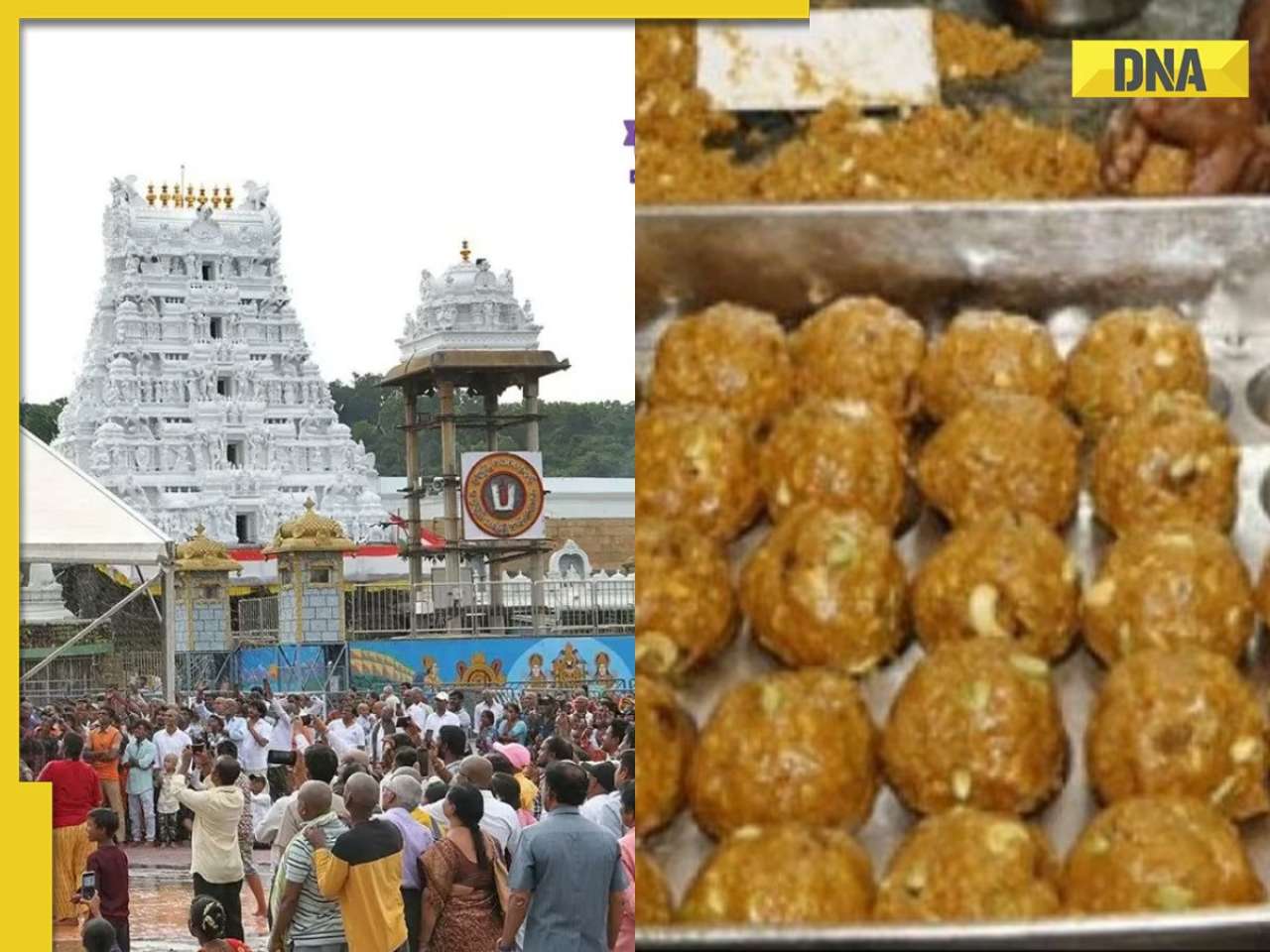



)
)
)
)
)
)
)
)
)
)
)
)
)
)





)
)
)
)
)
)